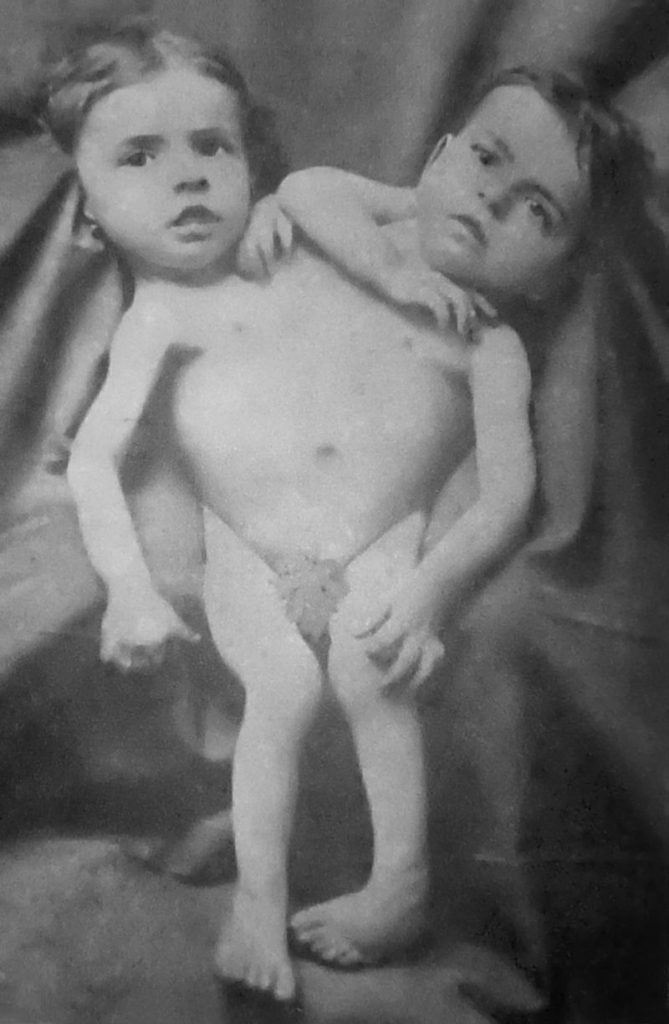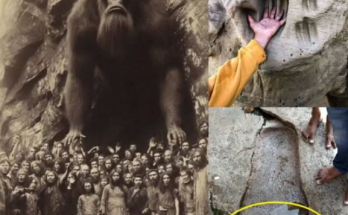Few artifacts blur the line between legend and reality quite like Kap Dwa, the so-called two-headed giant whose mummified remains measure an astonishing 3.66 meters (12 feet) tall. For decades, this figure has fascinated, unsettled, and divided those who encounter it—part relic, part riddle, and wholly enigmatic.

According to lore, Kap Dwa was discovered in the 17th century on the shores of South America, where explorers allegedly stumbled upon the body of a colossal man with not one, but two heads. Over time, the mummy passed through various hands and exhibitions, eventually making its way to a museum in Baltimore, where it continues to intrigue visitors with its unsettling presence. Its sheer size, combined with the uncanny doubling of features, makes it one of the most extraordinary alleged specimens of human history.
The mystery of Kap Dwa is amplified by the long tradition of giant legends. From the tales of Magellan’s voyages, where European sailors claimed to meet towering natives in Patagonia, to ancient stories of the Nephilim and mythological titans, humanity has always whispered of beings who walked the earth in immense proportions. For believers, Kap Dwa represents not just curiosity but evidence that legends may hold truth. Some suggest the figure could be explained by rare conditions such as conjoined twinning combined with gigantism, while others see it as proof of an entirely lost lineage of giants.

Skeptics, however, are unconvinced. Many argue that Kap Dwa is a product of the 19th-century sideshow era, when fabrications and grotesque “oddities” drew crowds hungry for spectacle. The name of P.T. Barnum, master showman of the bizarre, is often linked to Kap Dwa, leading some to dismiss the mummy as an elaborate hoax—a clever stitching together of animal and human remains designed to shock and amaze. To this day, no definitive scientific analysis has settled the debate.
Yet, perhaps that is the power of Kap Dwa. Whether authentic relic or crafted curiosity, it continues to challenge our sense of history and possibility. Standing before the towering mummy, one cannot help but feel the weight of questions that have haunted human imagination for centuries: Were there once giants? Do myths conceal forgotten truths? Or are such figures reflections of our deepest fascination with what lies just beyond the boundaries of the known?
Kap Dwa endures as one of the most unsettling enigmas of the museum world—a body preserved, a story retold, and a mystery unresolved. Fact or fabrication, it embodies the tension between belief and skepticism, myth and science, spectacle and truth.
For modern audiences, Kap Dwa is more than a curiosity. It is a reminder that history is not only found in textbooks and excavations, but also in the enigmatic artifacts that spark wonder, debate, and imagination. In the quiet halls of Baltimore, the two-headed giant still looms—silent, towering, and eternally unresolved.



